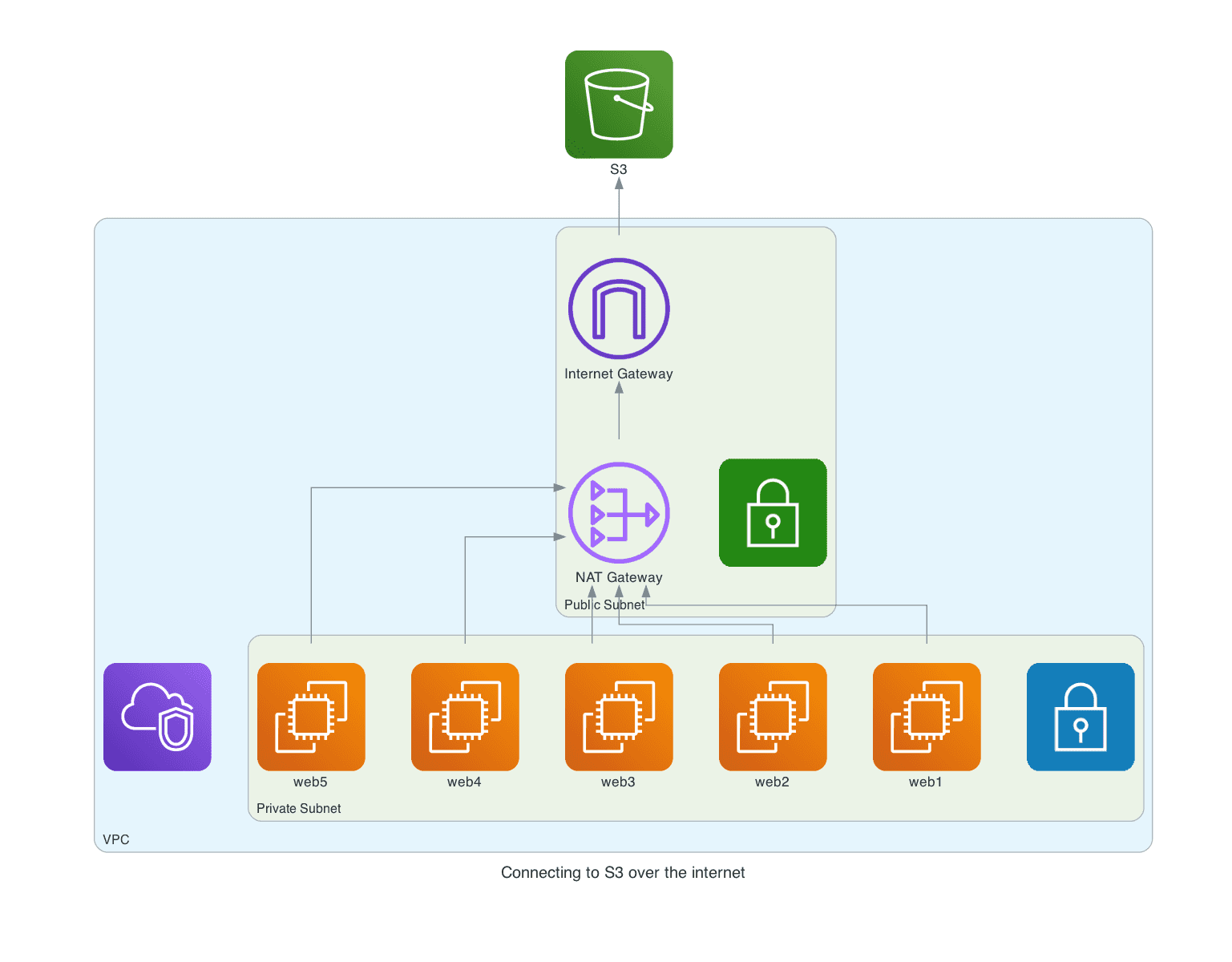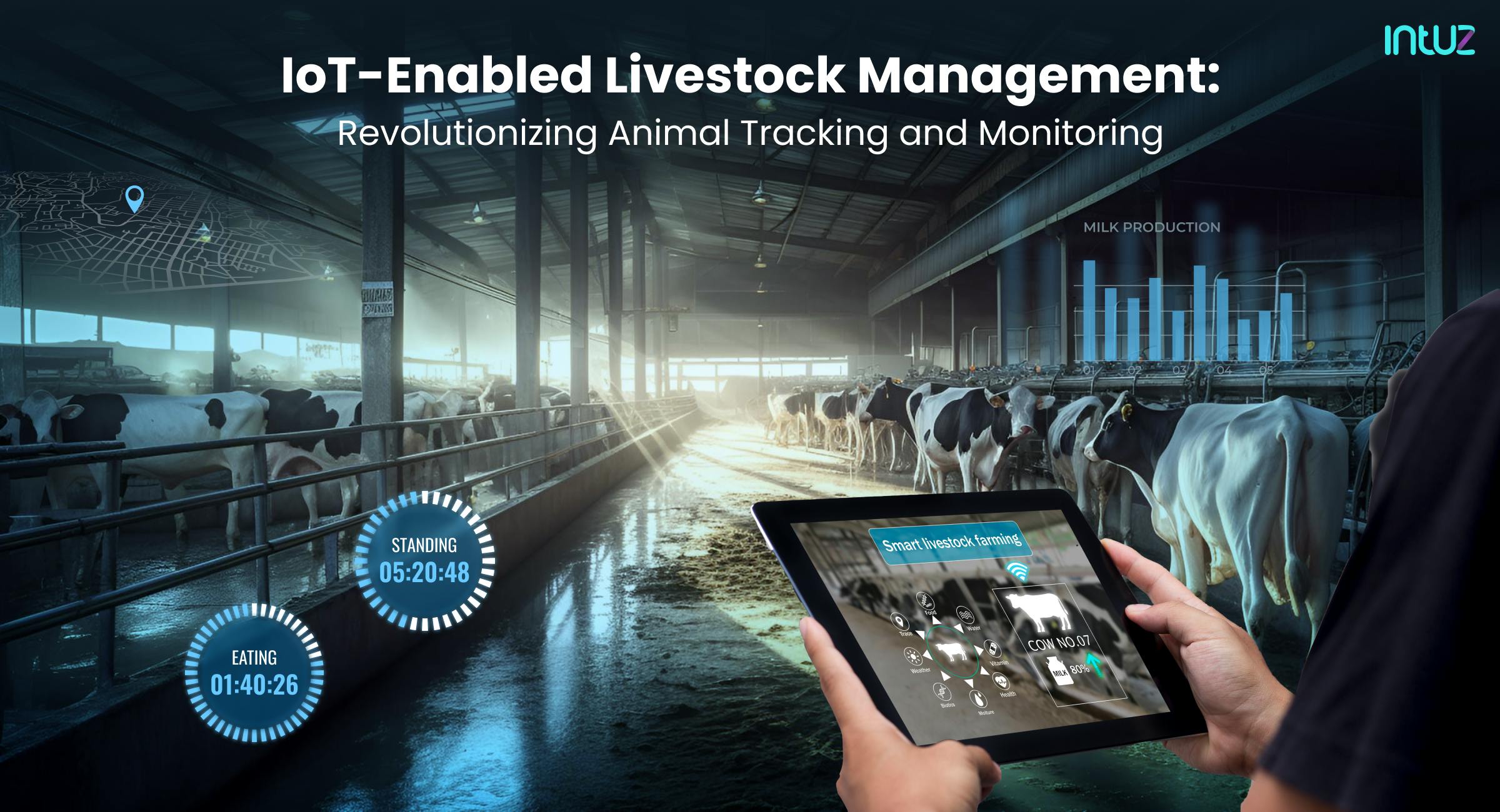Remote IoT VPC SSH download is a crucial process for professionals managing IoT devices in virtual private cloud environments. With the growing adoption of IoT technologies, ensuring secure and efficient access to remote devices has become a top priority. This guide dives deep into the essentials of remote IoT VPC SSH download, offering practical insights and actionable steps to help you streamline your workflows while maintaining security. Whether you're a seasoned IT professional or just starting your journey in IoT management, understanding how to download and configure SSH for remote IoT devices within a VPC is vital for seamless operations.
IoT devices are revolutionizing industries by enabling real-time data collection and analysis, but managing these devices remotely requires robust tools and protocols. One of the most reliable methods for secure communication is SSH (Secure Shell), which allows administrators to access and control devices remotely. When combined with a VPC (Virtual Private Cloud), SSH becomes even more powerful, ensuring that your IoT devices remain isolated from unauthorized access while still being accessible to authorized users.
Downloading and configuring SSH for remote IoT devices in a VPC environment can seem daunting at first, but with the right approach, it becomes a manageable task. This article will guide you through the entire process, from understanding the basics of remote IoT VPC SSH download to troubleshooting common issues. By the end of this guide, you'll have the knowledge and tools to confidently manage your IoT devices in a secure and efficient manner.
Read also:Discovering The Life And Achievements Of Jim Moreis A Comprehensive Guide
Table of Contents
- What is Remote IoT VPC SSH Download?
- Why is Remote IoT VPC SSH Download Important?
- How to Download SSH for Remote IoT VPC?
- Step-by-Step Guide to Remote IoT VPC SSH Setup
- Common Issues with Remote IoT VPC SSH?
- Best Practices for Secure Remote IoT VPC SSH
- How to Troubleshoot Remote IoT VPC SSH Problems?
- Tools and Software for Remote IoT VPC SSH
- What are the Benefits of Using Remote IoT VPC SSH?
- Future of Remote IoT VPC SSH
What is Remote IoT VPC SSH Download?
Remote IoT VPC SSH download refers to the process of downloading and configuring SSH tools to securely access IoT devices deployed within a Virtual Private Cloud (VPC). A VPC is a private network hosted within a public cloud infrastructure, providing a secure and isolated environment for your IoT devices. SSH, on the other hand, is a cryptographic protocol that ensures secure communication between a client and a server. By combining these technologies, administrators can remotely manage IoT devices while maintaining the highest levels of security.
The process typically involves downloading SSH client software, configuring the VPC settings, and establishing a secure connection to the IoT device. This setup is particularly useful for organizations that rely on IoT devices for data collection, monitoring, and automation. With remote IoT VPC SSH download, administrators can perform tasks such as firmware updates, configuration changes, and troubleshooting without needing physical access to the devices.
Why is Remote IoT VPC SSH Download Important?
In today's interconnected world, IoT devices are deployed in various locations, often in remote or inaccessible areas. Ensuring secure and reliable access to these devices is critical for maintaining their functionality and security. Remote IoT VPC SSH download plays a pivotal role in achieving this goal by providing a secure channel for communication between administrators and IoT devices.
One of the key benefits of using SSH in a VPC environment is the ability to isolate IoT devices from the public internet. This reduces the risk of unauthorized access and potential cyberattacks. Additionally, SSH encryption ensures that all data transmitted between the client and the device remains confidential and tamper-proof. For organizations managing large-scale IoT deployments, remote IoT VPC SSH download is not just a convenience—it's a necessity.
How to Download SSH for Remote IoT VPC?
Downloading SSH for remote IoT VPC involves selecting the right tools and configuring them to work seamlessly with your VPC environment. The first step is to choose an SSH client that meets your requirements. Popular options include OpenSSH, PuTTY, and Bitvise SSH Client. Once you've selected a client, you can proceed with the download and installation process.
Here are the steps to download SSH for remote IoT VPC:
Read also:Discover The Inspiring Journey Of Aurora Belova A Rising Star Making Waves
- Visit the official website of your chosen SSH client and download the latest version.
- Install the software on your local machine or server.
- Configure the SSH client to connect to your VPC environment by entering the necessary credentials, such as the IP address and port number.
- Test the connection to ensure that the SSH client can communicate with your IoT devices.
What are the Key Features of Remote IoT VPC SSH?
Remote IoT VPC SSH offers several features that make it an indispensable tool for managing IoT devices. These features include:
- Secure communication through encryption
- Isolation of IoT devices within a private network
- Remote access to devices from anywhere in the world
- Support for automation and scripting
Step-by-Step Guide to Remote IoT VPC SSH Setup
Setting up remote IoT VPC SSH involves several steps, from configuring the VPC to establishing a secure connection. Below is a detailed guide to help you through the process:
- Create a VPC in your cloud provider's console and configure the necessary subnets and security groups.
- Deploy your IoT devices within the VPC and assign them private IP addresses.
- Generate SSH keys for secure authentication and store them in a secure location.
- Install the SSH client on your local machine and configure it to connect to the VPC.
- Test the connection to ensure that you can access your IoT devices remotely.
How to Configure Security Groups for Remote IoT VPC SSH?
Security groups act as virtual firewalls for your VPC, controlling inbound and outbound traffic. To configure security groups for remote IoT VPC SSH, follow these steps:
- Create a new security group in your cloud provider's console.
- Add an inbound rule to allow SSH traffic (port 22) from your IP address.
- Apply the security group to your IoT devices within the VPC.
- Test the configuration to ensure that SSH connections are allowed.
Common Issues with Remote IoT VPC SSH?
While remote IoT VPC SSH is a powerful tool, it's not without its challenges. Some common issues include:
- Connection timeouts due to incorrect security group settings
- Authentication failures caused by misconfigured SSH keys
- Performance bottlenecks when managing a large number of devices
How to Resolve SSH Connection Timeouts in Remote IoT VPC?
SSH connection timeouts can occur when the security group settings are not configured correctly. To resolve this issue:
- Double-check the inbound rules in your security group to ensure that SSH traffic is allowed.
- Verify that the IP address and port number in your SSH client match the VPC settings.
- Restart the SSH service on your local machine and try connecting again.
Best Practices for Secure Remote IoT VPC SSH
To ensure the security of your remote IoT VPC SSH setup, consider implementing the following best practices:
- Use strong, unique passwords for all SSH accounts
- Enable multi-factor authentication (MFA) for added security
- Regularly update your SSH client and server software
- Monitor SSH logs for suspicious activity
What are the Risks of Remote IoT VPC SSH?
While remote IoT VPC SSH offers numerous benefits, it also comes with certain risks, such as:
- Unauthorized access due to weak authentication
- Data breaches caused by unencrypted connections
- Denial of service (DoS) attacks targeting SSH ports
Tools and Software for Remote IoT VPC SSH
Several tools and software solutions can help you manage remote IoT VPC SSH effectively. Some of the most popular options include:
- OpenSSH
- PuTTY
- Bitvise SSH Client
- MobaXterm
What are the Benefits of Using Remote IoT VPC SSH?
Using remote IoT VPC SSH offers several advantages, including:
- Enhanced security through encryption
- Improved efficiency in managing IoT devices
- Reduced costs by eliminating the need for physical access
Future of Remote IoT VPC SSH
As IoT technology continues to evolve, the role of remote IoT VPC SSH will become even more critical. Future advancements in encryption, automation, and cloud computing are expected to further enhance the capabilities of remote IoT VPC SSH, making it an indispensable tool for managing IoT devices in a secure and efficient manner.

